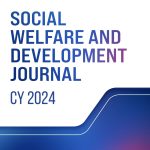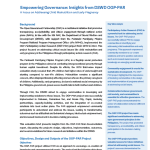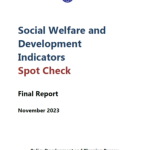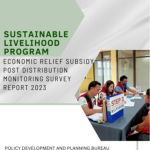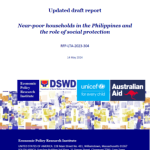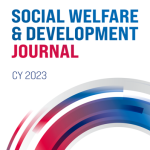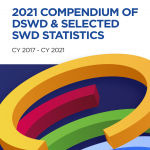OUT OF THE CENTER AND INTO THE STREETS: How Repeatedly Rescued Clients of Jose Fabella Center Find Their Way Back to Homelessness
This study is a qualitative exploratory research focused on habitually/repeatedly rescued clients of the Jose Fabella Center. The general aim of this study is to determine how former clients of JFC find their way back into streets. It focuses on their most recent experience of reentering homelessness. Attention is given on a specific time-window: from the time the participants left the gates of the center up to the time they ended up living in the streets again. It does not cover a review of interventions given while the clients were still under the JFC’s care nor an assessment of the LGUs’ work. The study looked into the conditions of the clients when they left the Center until they ended up back in thestreets. The study involves ten (10) of the most repeatedly rescued cases of JFC who are within the care of center within the two-week period. Participants were limited to 18 years old or older and capable of providing a coherent oral account of their last departure from the center. It was found that most repeatedly rescued clients end up right where the MMDA picked them off. Majority of the clients went back to the streets within an hour to one day after being released from the center. The main factor which pushed back clients into the streets, as recognized by the participants themselves is how the streets provide them with a source of living. A key finding is that while repeatedly rescued clients of JFC are all formally discharged from the center, they are not provided with any substantive intervention. Some are provided with food and clothing and while others are not. There is no intervention in areas recognized in the literature as being vital to helping people move out of homelessness, namely: income support, housing support as well as in terms of addressing substance abuse.


